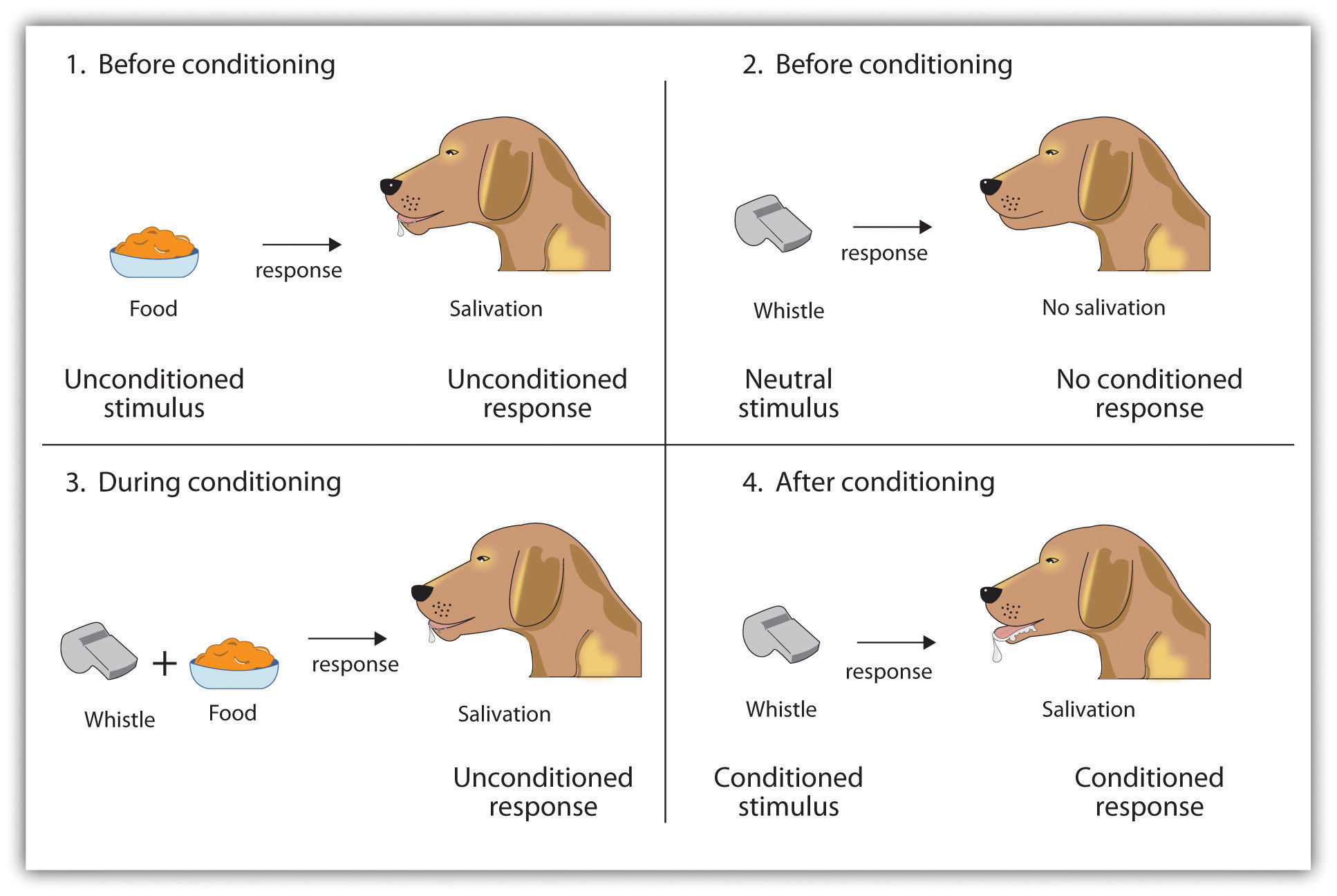Introduction:
The purpose behind assignment 1.3 is to look into the role of definitions in technical writing. Definitions are important because they give the audience more insight into a field in which one may need more interest or knowledge. Assignment 1.3 aims to provide different definitions within one’s specific profession or discipline at the parenthetical, sentence, and expanded stories with many examples.
Complex Term: Classical Conditioning
Target Audience and Reading Scenario:
The target audience is undergraduate students in arts specializing in psychology. This term is a fundamental theory that will be encountered throughout their studies. This definition will help further their understanding and expand their knowledge in the field.
Parenthetical:
Classical Conditioning (also known as Pavlovian Conditioning) is psychology’s theory of unconscious learning.
Sentence:
Classical Conditioning is an unconscious learning process that uses two or more stimuli to create a behavioural conditioned response. It is used as a training tactic and is seen in our everyday lives.
Expanded:
i) Analysis of Parts:
Classical Conditioning always has these 4 parts:
- Unconditioned stimulus: a stimulus that triggers a response, such as food
- Conditioned stimulus: a stimulus that is paired with the unconditioned stimulus to produce a response, such as a whistle
- Unconditioned response: a natural behavioural response that occurs after the unconditioned stimulus, such as salivation
- Conditioned response: response acquired after being exposed to the conditioned stimulus, such as salivation
ii) Operating Principle:
The unconditioned stimulus is something that will trigger a natural behavioural response. The unconditioned response is a response that happens after the unconditioned stimulus. The conditioned stimulus is a neural stimulus that, after repeated exposure before the unconditioned stimulus, will create a response similar to the response given when shown the unconditioned stimulus. The conditioned response is produced after being conditioned by the conditioned stimulus.
iii) Example:
Pavlov’s bell and food classical conditioning with dogs is the most famous example. Pavlov wanted an unconditioned response (salivation) from the dog with an unconditioned stimulus (food). The conditioned stimulus (bell) was rung and produced no response, but once the bell was rung and food was presented, the dog began to salivate, producing an unconditioned response. Soon, after repeated exposure, the dog would respond by salivating to the sound of the bell, a conditioned response.
iv) Visual

Figure 1. 4-Panel image of bell and dog
References:
4-Panel Image of Whistle and Dog. (n.d.). https://opentextbc.ca/introductiontopsychology/wp-content/uploads/sites/9/2013/11/72ff70c6cb32a57995de5d2081132da7.jpg. Retrieved from https://opentextbc.ca/introductiontopsychology/wp-content/uploads/sites/9/2013/11/72ff70c6cb32a57995de5d2081132da7.jpg.
Elmer, J. (2020, January 8). Classical conditioning: How it works and how it can be applied. Healthline. Retrieved February 8, 2023, from https://www.healthline.com/health/classical-conditioning#definition
Stangor, C., & Walinga, J. (2014, October 17). 8.1 Learning by association: Classical conditioning. Introduction to Psychology 1st Canadian Edition. Retrieved February 8, 2023, from https://opentextbc.ca/introductiontopsychology/chapter/7-1-learning-by-association-classical-conditioning/
Leave a Reply